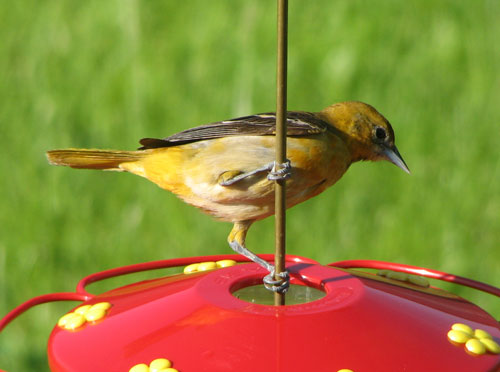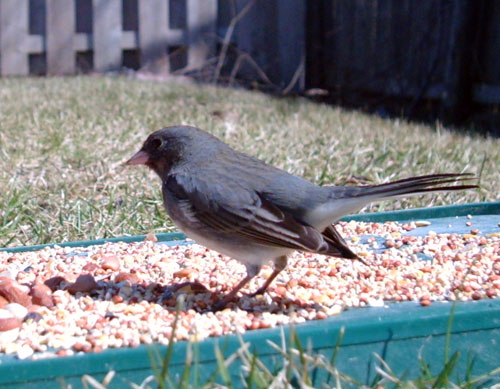
Here are some fun facts about the Adélie Penguin, a species that captures the essence of the Antarctic's unique wildlife:
- The Adélie Penguin holds the distinction of being the smallest penguin species residing in the Antarctic. Despite their diminutive size, they are hardy and well-adapted to the harsh conditions of their icy habitat.
- Known for their southern breeding range, Adélie Penguins nest and raise their chicks farther south than any other penguin species, showcasing their incredible adaptability to extreme cold.
- These resilient birds have a lifespan that can reach up to 20 years old, demonstrating remarkable endurance in one of the planet's most challenging environments.
- Adélie Penguin colonies vary widely in size, ranging from as few as 100 pairs to as many as 250,000 pairs. These large congregations highlight their social nature and the importance of community for survival.
- Globally, there are approximately 5 million Adélie Penguins, spread across 38 different colonies. While this number may seem large, it's worth noting that over the last 25 years, their population has decreased by 65%. This decline is attributed to factors like sea ice reduction and food scarcity.
- The Adélie Penguin was named in 1840 by French explorer Jules Dumont d'Urville, who chose to honor his wife, Adélie, with this nomenclature.
- Adélie Penguins have made appearances in popular culture, most notably in animated films. They are presumed to be the penguin characters in the 2005 film "Madagascar." In the 2006 movie "Happy Feet," the main character, an Emperor Penguin, befriends a group of Adélie Penguins, uniquely characterized by a Mexican accent.
These fascinating facts about Adélie Penguins offer a glimpse into the life of one of Antarctica's most charming inhabitants, highlighting both their unique characteristics and the challenges they face in an ever-changing environment.

Adelie Penguins by Gregory Smith (CC BY-SA 2.0 DEED)










































